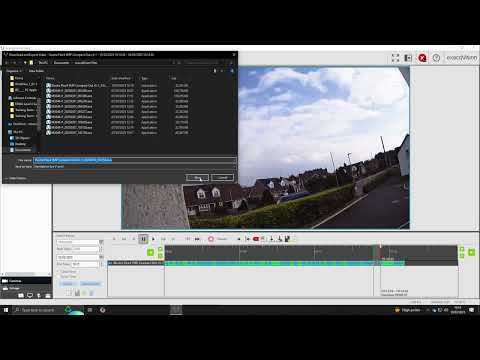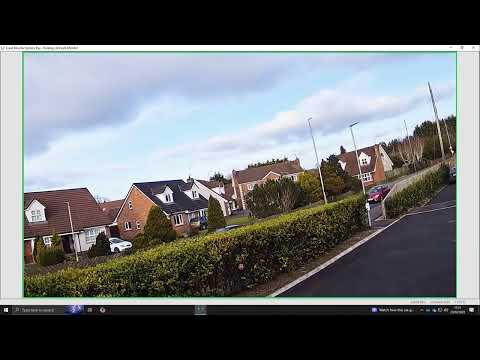Category: exacqVision Client
24.09 exacqVision Start User Manual
Scheduled Exports
This feature included in 25H1 allows the user to schedule exports. Chapters: 00:00 Intro 00:33 Scheduled Export menu option 00:47 Video Export 01:48 Scheduled Exports
Persistent Event Monitoring
This feature included in 25H1 allows the user to configure Persistent Event Monitoring. Chapters: 00:00 Intro 00:15 New Persistent Event Monitoring option 00:31 Disabling Persistent Event Monitoring 01:00 Attempt to close Persistent Event Monitor 01:28 Feature demo 01:36 Creating a new Event Monitoring Profile
Added Axis Dewarping on Axis M Series Cameras
Description Reports stating the Axis dewarper sometimes shows up in our software and other times doesn’t for different models. 2nd issue stated that the generic dewarper is “elongated” or distorted when zooming in via digital PTZ and panning or tilting the camera. Product Steps to Reproduce tried different formats H.264/H.265tried different resolutions–>no changetried Ceiling/WallTried Digital… Continue reading Added Axis Dewarping on Axis M Series Cameras
Deciding to Store AI Bounding Boxes
The expansion of the market for security cameras equipped with AI features has led to a substantial increase in the volume of metadata transmitted from these devices. While this growth opens up valuable opportunities for enhancing the usability of stored video—such as enabling searches for specific objects (like people and vehicles) and their attributes (such… Continue reading Deciding to Store AI Bounding Boxes
Configuring CA Provided SSL Certificates on the Next Gen Mobile Server
Using
Legacy Arecont Camera Frame Rates
Description Arecont Legacy cameras are limited to the amount of Frames Per Second they send when using Full Resolution vs Half Resolution.Example of Cameras:Arecont AV12176DN-NLArecont AV2455DN-FArecont AV5555DN-S Product If you find that the Received Frames Per Second or Decoded Frames Per Second are Half the FPS it is due to the limitations of the cameras… Continue reading Legacy Arecont Camera Frame Rates
Remote Connections node not visible in ExacqVision Client
Some ExacqVision Client users report being unable to see the “Remote Connections” tab in some Environments. NOTE: This is typically an Operating System or Domain permissions issue. Products Steps to Reproduce In a restricted environment, or with a restricted user, launch the ExacqVision Client from the Desktop Icon, or folder. Expected Results When signed in… Continue reading Remote Connections node not visible in ExacqVision Client
Allibi Camera ALI-PZ40-UZAI PTZ is disabled by default on 23.06-24.03
Description Cameras are not able to switch to Serial IP under Mechanical tab.Looking at the Onvif plugin the PTZ for the camera was set to “0”We could not enable it in the client. When attempting to set the serial to IP in the mechanical PTZ tab, it would flip back to the Serial Port to… Continue reading Allibi Camera ALI-PZ40-UZAI PTZ is disabled by default on 23.06-24.03

